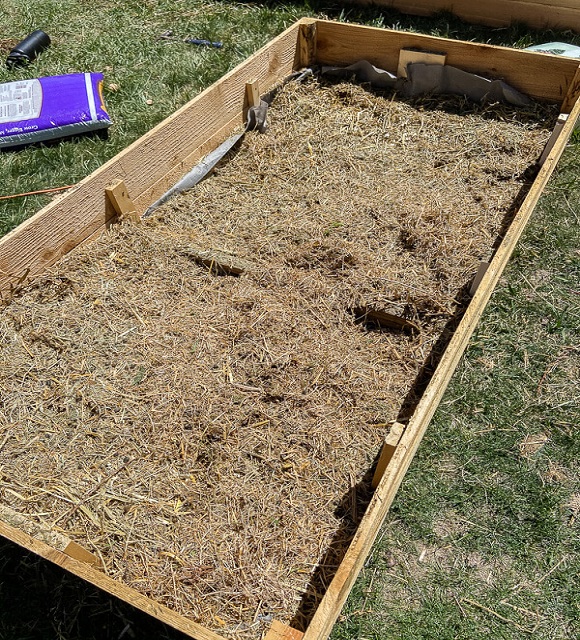The gardening season is winding down now. A chill has settled in, and the time has come to pull up your spent crops and harvest your final vegetable.
It’s bittersweet. But once you’ve cleaned out the beds, you might think the gardening season is over. Certainly not! The fall’s mild temperatures are ideal for getting a jump on the next growing season.
Make these preparations now, and your future self will be grateful.
Plant Garlic
It’s common for garlic cloves planted in the fall to grow larger and taste better than those planted in the spring.
If you plant your bulbs in the fall while the soil is still warm, they will have a head start when the ground thaws in March or April.
Once the weather warms up again, garlic plants will flourish. When spring finally arrives, one of the first things you’ll notice is the emergence of the green shoots.
Thanks to the prolonged growing period, you can gather substantial bulbs by midsummer. If you wait until spring to plant garlic, the bulbs will be smaller or have only one clove, and you won’t be able to harvest them until the following fall.
The best time to plant seeds for your fall garlic patch is from mid-September to November. But the sooner you plant them, the more roots they will develop.
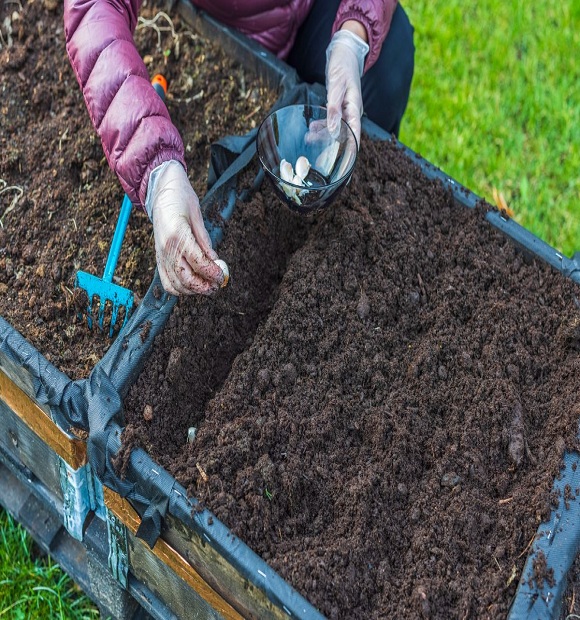
Sow Onions
By planting onion sets, you can ensure a bountiful crop of large, juicy bulbs the following year. Planting onion sets in the fall will give you a significant head start on growth compared to planting onion seeds.
The best time to plant onion sets in the garden is four to six weeks before the first hard freeze.
You can still grow onions from seed in the fall, though the bulbs will be smaller when harvested. Plant onion seeds outdoors 8 to 10 weeks before your area experiences its first frost.
Apply a thin layer of mulch right after planting. This will prevent weeds from growing in the bed and keep the soil moist.
After the first signs of growth appear, add more mulch to the area to keep the bulbs warm.
Be sure to mulch again just before the first frost. By applying a thick layer of mulch right before the first frost, you can ensure that their roots will have time to develop before the weather turns cold. More deeply established roots also mean larger bulbs.
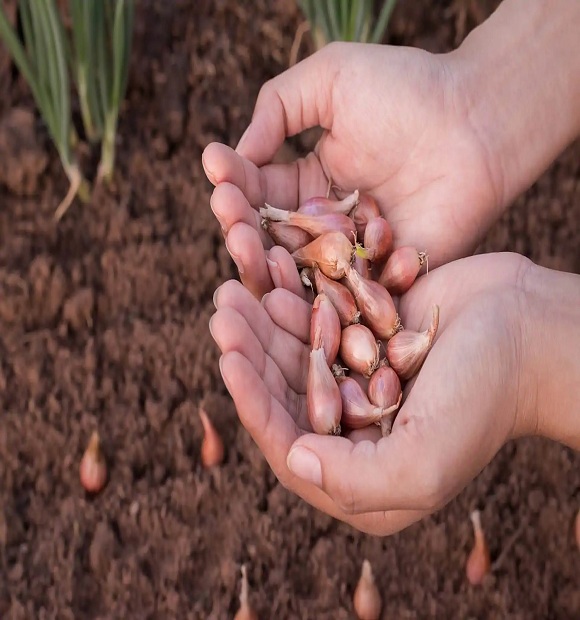
Plant Cool-Season Crops
Greens with large, fleshy leaves, such as kale, lettuce, spinach, arugula, and Swiss chard, are remarkably able to endure and even flourish in frosty conditions.
To keep the soil warm, mulch heavily around the plants. If you purchase a floating row cover, you can harvest cut-and-come-again cultivars well into winter.
Carrots, turnips, kohlrabi, parsnips, radishes, and beets are all root vegetables that can withstand the cold. In the late summer and early fall, plant these crops outside in the garden; the sooner you do so, the better. Mulch heavily as the weather gets cooler.
Root vegetables, like garlic and onions, will hibernate during the colder months, only to resume growth once the soil warms up again in the spring.

Grow Edible Perennials
Most of the time, we think that spring is the best time to plant a garden. However, perennials benefit greatly from the favorable growing conditions that fall provides.
Annuals and perennials both adapt well to seasonal changes. Even though the tops will perish in sub-zero temperatures, the root systems will keep expanding until the ground freezes solid.
In autumn, roots will grow faster because the soil is still warm. However, because the soil is still relatively cold when spring perennials are planted, they take longer to establish a strong root system.
Once spring returns, many plants, including asparagus, artichoke, rhubarb, horseradish, lovage, blueberries, and many others, will be more robust and well-established.
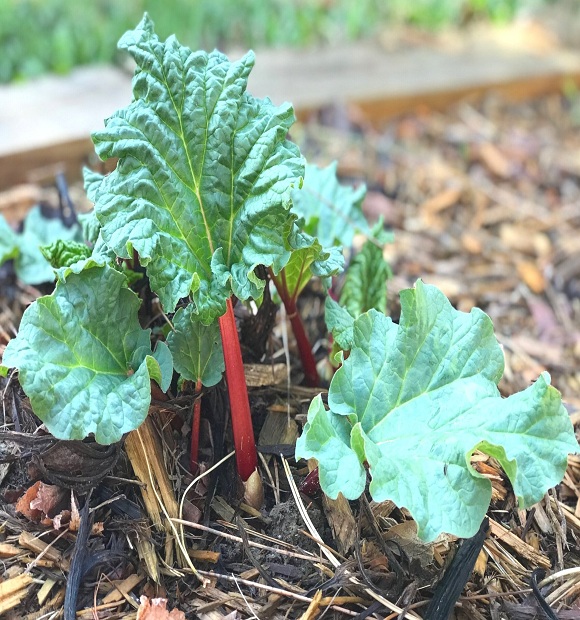
Boost Your Soil
A long growing season means that the soil in your garden or raised beds will be relatively depleted of most key nutrients and minerals.
Use the fall’s slower pace to lay groundwork for a successful spring planting.
Add more organic matter to your soil if you want it to be healthy, fertile, and full of microbial life.
Adding a carbon-rich organic material on top of the soil will keep the microorganisms in the soil well-fed and active. The presence of these microorganisms will lead to enhanced soil structure, increased plant nutrient availability, buffered pH, and resistance to pests and disease.
Some people like to add newly harvested compost or aged livestock manure to the tops of their beds in the fall, where it can age over the winter. Before planting, soil is turned over in the spring.

Grow Green Manures
Planting cover crops in your empty beds in the fall is another great way to keep your soil healthy through the winter.
Green manure cultivation is especially well suited to no-dig gardens because it causes no disturbance to the soil.
Green manures that are sown in the fall will flourish until they perish in the winter. Wait until spring to move them. Next, have at them, leaving the root systems in the ground, and disperse the pieces across the ground.
There are many benefits to using green manures to fill empty garden beds.
Plant roots act as an anchor, holding the soil in place during rain and snowstorms to prevent erosion and mudslides.
Selecting nitrogen-fixing crops like clover, alfalfa, beans, and others as cover crops is an excellent way to improve soil quality.
If you plant green manures in your garden in a dense fashion, they will also aid in keeping your beds free of weeds.
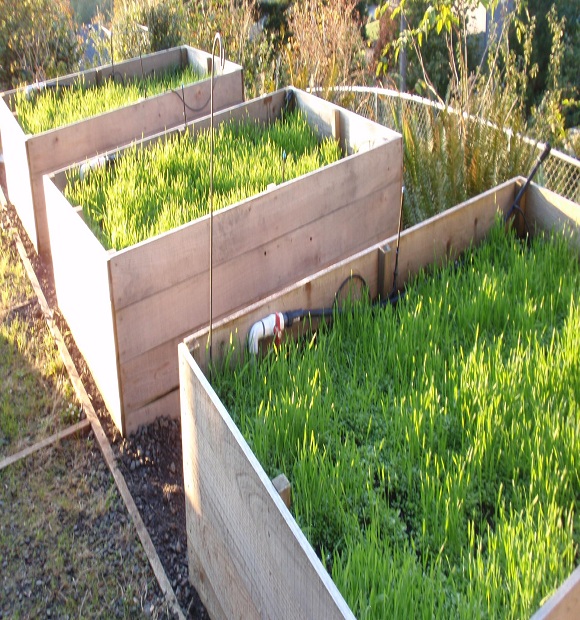
Add a fall mulch
Whether or not the vegetable garden has been planted, the final step in shutting it down is to apply a layer of mulch on top of the soil.
If you cover up your empty flower beds, you’ll be creating a protective barrier over the soil below. Mulch will protect the soil from wind, rain, and snow, much like tucking a sleeping baby into bed.
Mulching prevents soil erosion, compacting, and runoff by holding the soil together. If you use organic mulch, you can also improve the soil’s fertility. There will be significantly fewer weeds to pull in the spring if you apply mulch now.
If you need mulch for your garden, you can find it easily. Traditional options like straw, sawdust, and wood chips are safe bets.
You may be able to find other free mulches in your yard, such as grass clippings, autumn leaves, pine needles, and pine cones.
A few cardboard layers (or several layers of newspaper) would work as a last resort.
